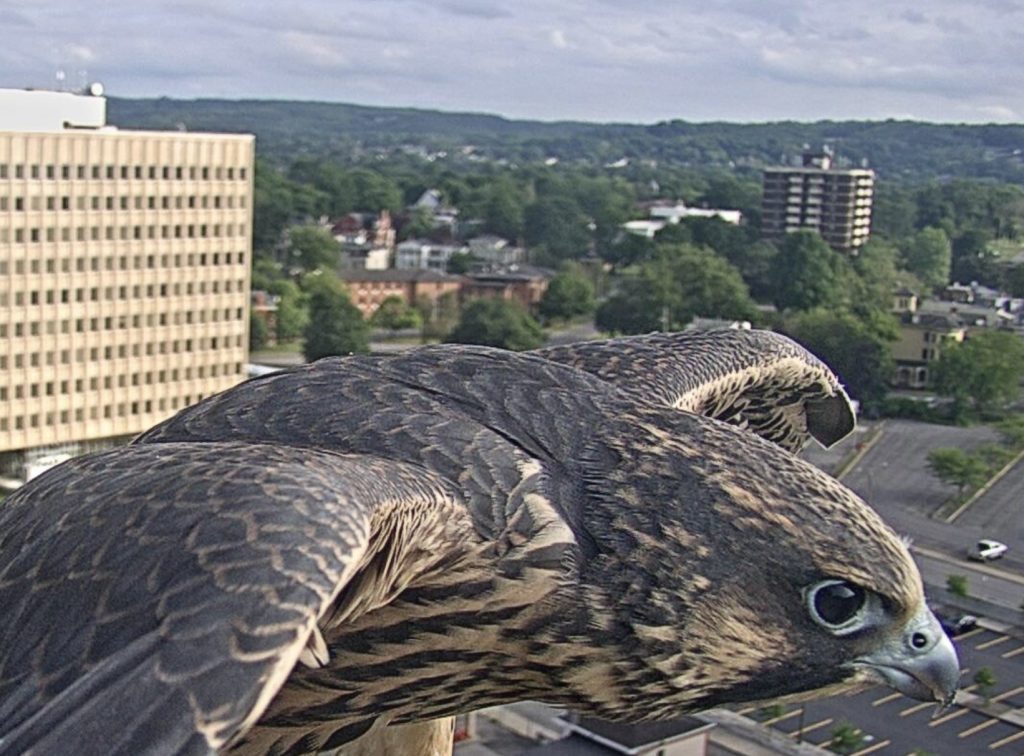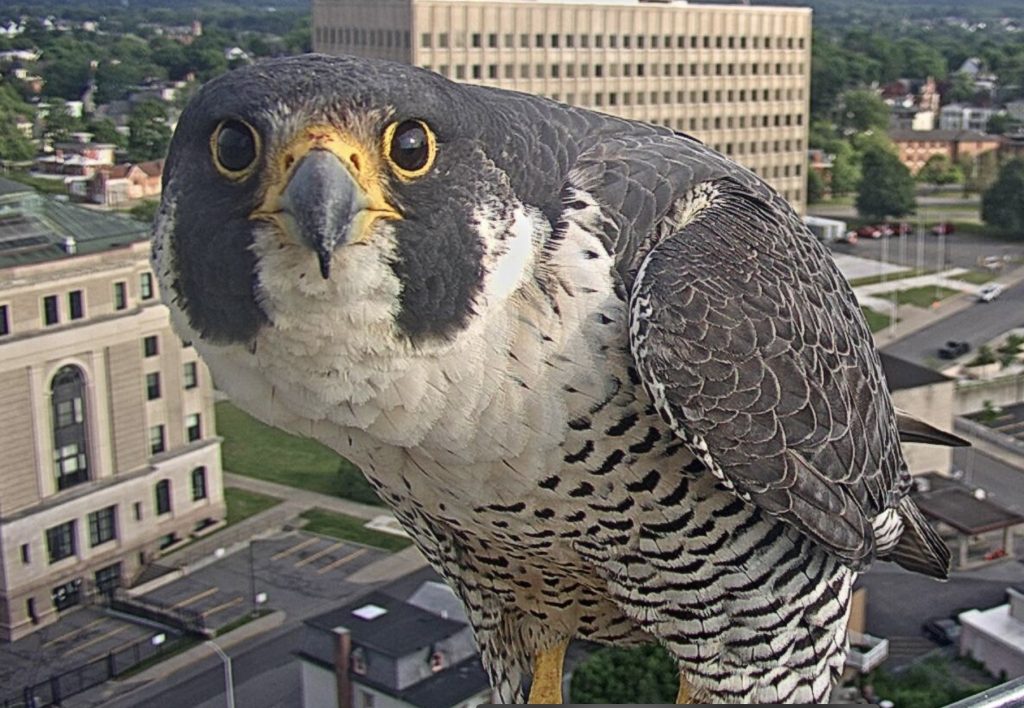Update for Wednesday, June 12, 2024





News, video, and more about Utica's Peregrine Falcons
Update for Wednesday, June 12, 2024





Update for Monday, June 10, 2024


Update for Sunday, June 9, 2024





Update for Saturday, June 8 2024





Update for Friday, June 7 2024



Members of the Utica Fire Department rescue Vol from a difficult position on the roof